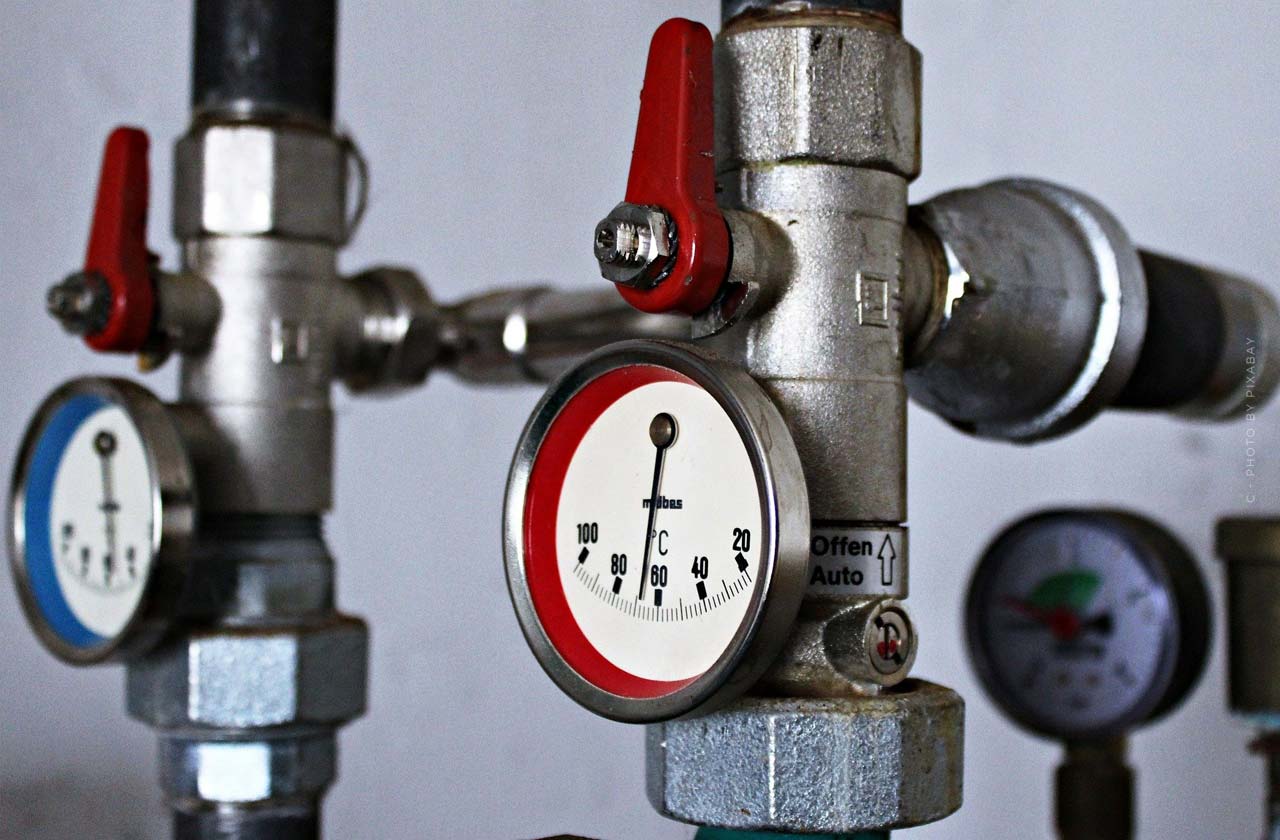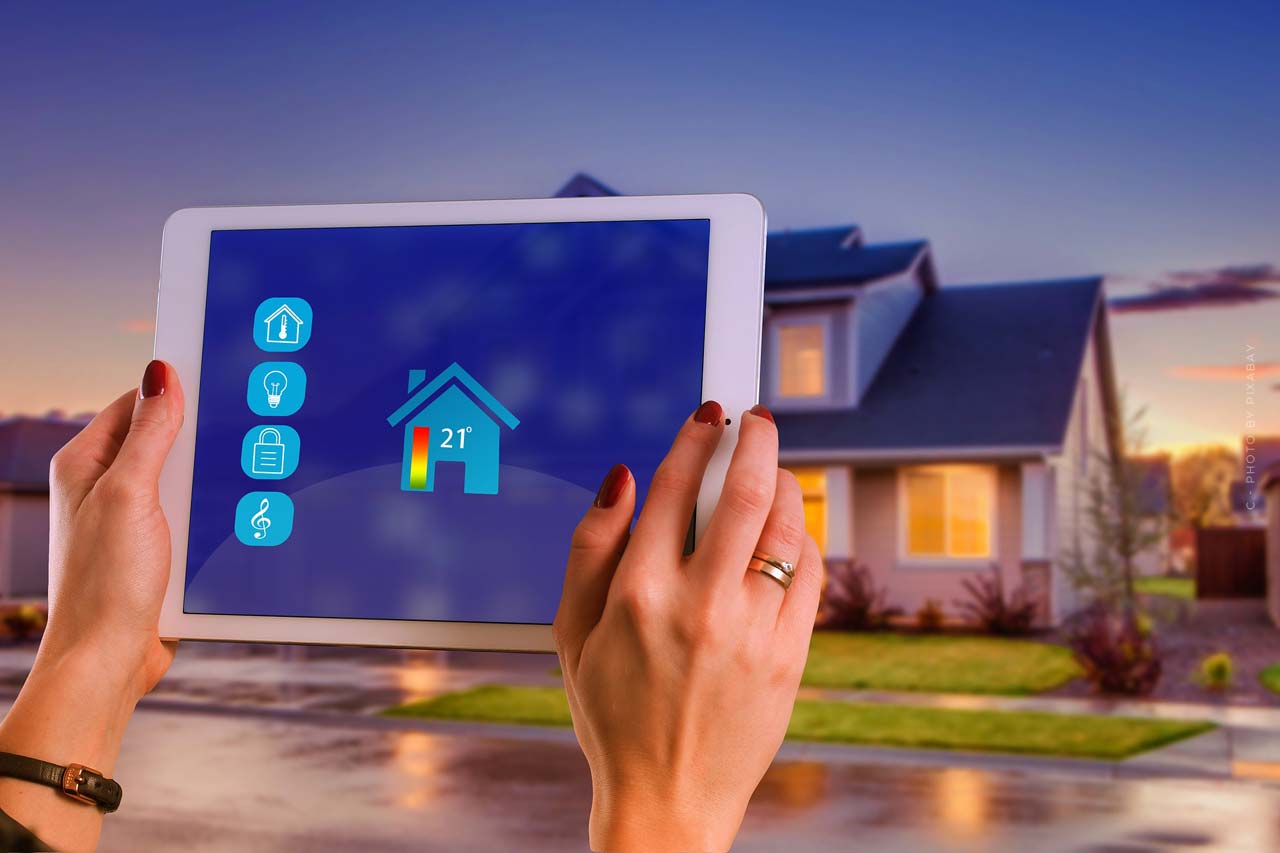Solar stand-alone system or coupling to the public grid – photovoltaic systems in comparison
The decision for or against a solar system is not always easy. Even before planning or installation, future self-generators are faced with difficult questions. What kind of system should it be? How big should it be? How much electricity do we consume and how much must the system be able to produce to cover all our needs?
Photovoltaic system – the different variants of renewable energy generation
The system that is chosen by most is the so-called photovoltaic system that generates electricity with the help of solar energy. With such a system, the owners are independent of public grid providers and do not have to pay more for their own electricity. But also with the photovoltaic systems there are different variants, each of which has its advantages and disadvantages.
Feed-in system – earning money with your own electricity
The most commonly used variant of the photovoltaic system is the feed-in system. This produces electricity for the household and feeds the electricity that is not consumed into the public grid. As required by law, the house is connected to the public grid and feeds surplus electricity into it. For this, the Renewable Energy Sources Act (EEG) stipulates that the producer must be remunerated. The so-called feed-in tariff varies between 10 and 13 cents per kilowatt hour (kWh) depending on the nominal output of the system and is fixed for the next 20 years. To illustrate this: An average family consumes only about 30 % of the electricity generated. 70 % is fed into the public grid and remunerated. However, there is a trap here that private individuals often fall into, because selling electricity is a trade and as soon as a private individual does this, he becomes a freelancer and is self-employed. Taxes and lots of paperwork are just waiting for you. To avoid this, check out our guide on all things solar without the tax office! Through an electricity storage, the self-consumption can be increased up to 75% and the owner benefits twice from the electricity.
Advantages
- Reimbursement of sales tax on the purchase price of the plant
- Good price-performance ratio
- Feed-in tariff according to EEG as additional income
Disadvantages
- Registration of the plant as a trade
- Subject to the obligations of the EEG
- Increased bureaucracy
Such feed-in systems are particularly suitable for property owners who have a constant average electricity consumption and want to drastically reduce electricity costs. On the contrary, such a plant can not only reduce annual electricity costs, but also be used as a source of income.
Zero feed system – all the electricity for your own home
The second variant of the photovoltaic system is the so-called zero feed system. As the name suggests, no surplus electricity is fed into the public grid. In the best case, 100% of the electricity produced is consumed in one’s own household, so that nothing is fed into the public grid. In order to ensure this, the system must be precisely adapted to the individual needs of the owner and also have a suitable electricity storage system. The electricity production is additionally controlled by an inverter, so that the output of the system exactly matches the electricity consumed and no electricity is fed into the public grid. The owners of such a system thus forego the feed-in tariff under the Renewable Energy Sources Act (EEG), but at the same time they avoid all the obligations that the feed-in tariff entails. You do not have to register a business and you do not have to pay taxes for the electricity fed into the grid. Although the photovoltaic system is intended to generate 100% of the electricity required, the property is still connected to the public grid so that it can continue to draw normal electricity if the solar power is not enough.
Advantages
- No increased bureaucratic effort, such as business registration, etc.
- Greater independence
- No obligations under the EEG
Disadvantages
- No feed-in tariff
- No refund of sales tax
The zero-emission system is therefore particularly suitable for private individuals who have a high energy consumption. The installation of a suitable electricity storage unit is mandatory for such a system, so that the self-produced electricity can be used most effectively.
Photovoltaic island system – independent of the public power grid
The photovoltaic stand-alone system variant does without the connection to the public grid and assumes that the solar system can always supply the electricity storage system with energy. The household is therefore supplied with electricity solely from the solar modules and does not rely on electricity from the public grid in an emergency. The owner is therefore not dependent on electricity from the public grid at any time. Here we will first distinguish between two types.
Stand-alone system without mains connection
As the name suggests, this model is a system that is not connected to the public grid in any way. The house relies exclusively on energy from the photovoltaic system. The system was designed for such a case so that both solar modules and energy storage are so large that they can independently supply the entire house with electricity without resorting to another power source. The electricity in such a house is therefore produced and stored 100% by the photovoltaic system. However, this system is usually only installed when a connection to the public power grid would be too costly. This is particularly the case for remote houses, mountain huts or individual infrastructures.
Island system for backup power
Independence from public electricity can also be made possible for German homeowners. The installation of an island system for emergency power is the solution here. In the event of a failure of the power grid, the stand-alone system for emergency power can then intervene. It makes it possible for both feed-in and zero feed-in systems to become an island system in an emergency. In the event of a power failure of the public grid, this system switches to backup power within a few seconds and the house remains normally supplied with electricity. So, the household is not dependent on the public grid and does not have to worry about a power outage. Here it is ensured that there is always enough power available. During installation, the entire house is disconnected from the public grid and a backup power system is set up that can communicate with the storage system.
Advantages
- Function as a backup power system
- Maximum independence from the public power grid
- Protection against power failures
Disadvantages
- Significant additional costs
- Is rarely used
- There is hardly any economic benefit for the owners
Such an investment does not always make economic sense for the homeowner. So before you decide on this option, first check your average daily consumption, the appropriate size of the system and the design of the solar storage tank. With this, you can calculate whether an investment would be profitable for you or not. The independence that owners have with such technology from the public grid is undisputed and will change and influence the energy policy of Germany in the coming years.



